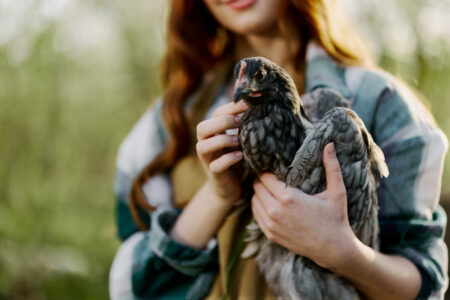Which goat is best for farming? Goats can play many roles on a farm, including being raised for milk, meat, or mohair, as well as pets or pack animals, and they can clear brush better than a Bush Hog.
As with all types of livestock, it’s important to consider your needs when selecting a breed – think about, for example, whether you want to raise goats to make cheese or sausage. With goats, you also might want to reflect on your own character and farm situation. For example, if you have Nubians, non-farming neighbors might complain during weaning and breeding season. (I’ve heard of a rural SPCA officer who was called more than once about people “torturing goats” only to find Nubians in heat.) They are beautiful animals that produce rich milk, but they are also very vocal.
On the other hand, if you have low or even moderately high fences, Alpines might not be the breed for you. Their ability to jump may exceed your patience. That said, many wonderful breeds of goats are available and, within each breed, the productivity, appearance and character of individuals vary considerably.
Another consideration is the availability of breeding stock. If you want to keep only a couple of dairy goats, you probably don’t want a buck as well. Not only do you risk unplanned pregnancy by having a male around (imagine kidding in January and you’ll see the downside of this), but bucks are smelly and prone to behaving badly. If you raise dairy goats, their milk will be flavorfully, pungently tainted if there is a buck in the barn with them. You will need to build separate, very secure, living quarters for the buck and raise a companion animal with him. For small operations, you might be better off borrowing or leasing males as needed.
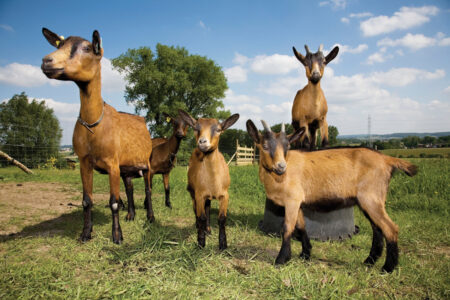
Goats are incredibly versatile livestock. A Saanen can supply the dairy needs of a family, a couple of Angora goats can keep handspinners busy year-round and a herd of Kikos can be raised on the range like pint-sized beef cattle. With goats, you can have it all – milk, meat, fleece and lots of character.
Flair for fiber
Two of the softest natural fibers available are produced by goats – mohair and cashmere. Mohair is from Angora goats – not to be confused with the Angora fiber, which comes from Angora rabbits. Angora goats are covered with long, lustrous ringlets of mohair. Bucks have the coarsest fleece, but wethers (castrated males) produce fine fleece year after year. Kid mohair is particularly soft.
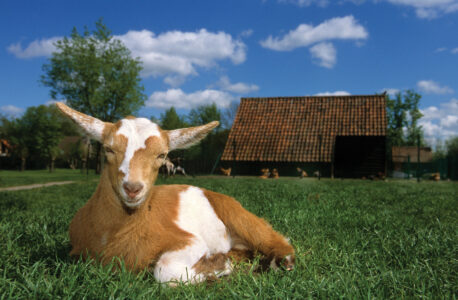
Angora goats are shorn twice a year, often before kidding and breeding. Unlike shearing a sheep, which requires considerable strength and skill, as well as special equipment, Angoras are relatively simple to shear. Their small size and docile nature leads many owners to shear the goats themselves by using sheep shears with a mohair blade, dog or horse clippers, or even just scissors.
Cashmere is the name of a breed as well as a type of fiber – the soft downy undercoat of the Cashmere, as well as certain Spanish and other goats. Cashmere goats produce more of the fiber than other breeds but the yields are very low compared to the production of mohair by Angoras. An Angora may produce more than 10 pounds of mohair a year, but a Cashmere goat will often produce only a half-pound of cashmere.
Good eating
Goat meat is an important protein source throughout the world; its consumption is more widespread than any other type of meat. It might not be in your supermarket yet, but in North America the market for goat meat is on the rise. In 2007, the United States boasted three million head of meat goats (breeding and meat stock), with half of that number in Texas alone. Despite this, the United States remains the world’s largest importer of goat meat.
Goat meat is known by two names – cabrito for young kid meat, and chevon for the meat of a weaned kid or adult goat. The meat is lean, high in iron and has a distinctive flavor that lends itself nicely to cooking with fire.
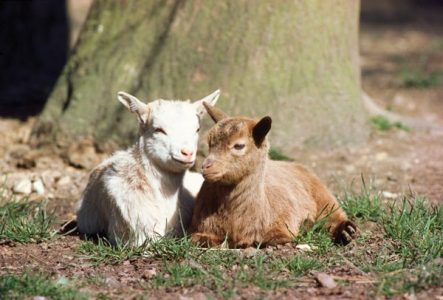
When choosing a meat breed, consider its productivity (i.e., singles, twins or triplets), growth rate, size and carcass quality. Most importantly, think about how well the breed will do under the conditions of your farm or range. For example, a Boer or Boer-Nubian cross can excel under good forage conditions and management. However, on a range with poor to mediocre forage, Kiko and maybe even Spanish goats will outperform Boers.
Only you can choose
Are goats in your future? Use the entries here as a starting point and then visit as many goat farms as you can, ask plenty of questions and prepare for the adventure of a lifetime.
Alpine Goats
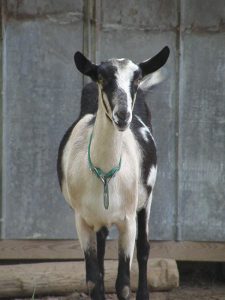
Angora Goats

Boer Goats
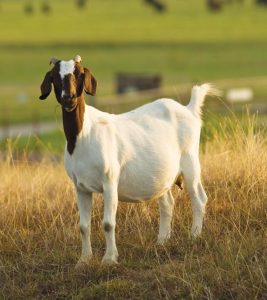
Cashmere Goats
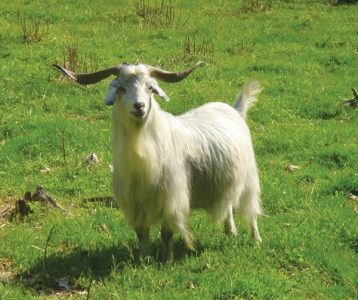
Kiko Goats
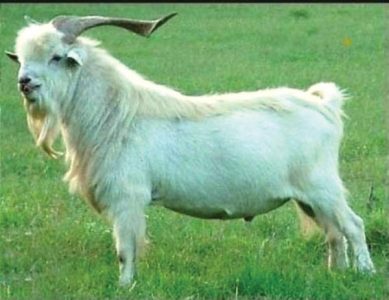
LaMancha Goats

Nigerian Dwarf Goats
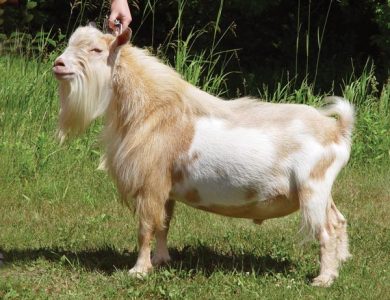
Nubian Goats
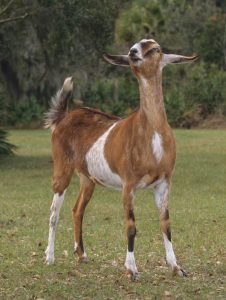
Oberhasli Goats
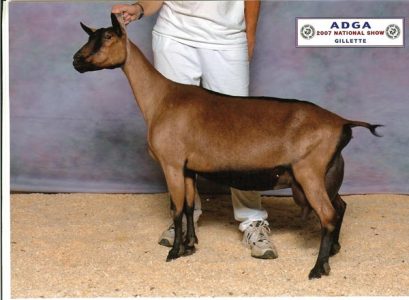
Pygmy Goats
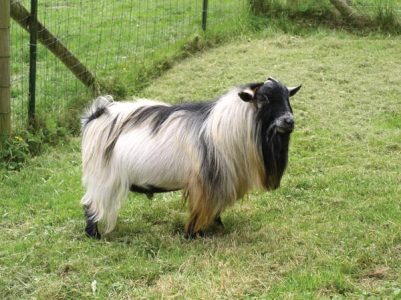
Saanen Goats
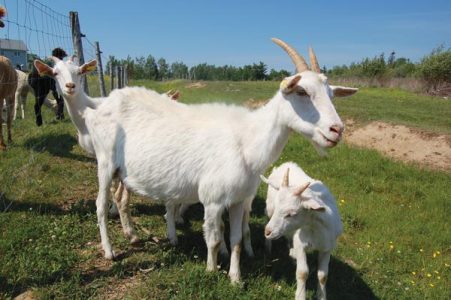
San Clemente Island Goats
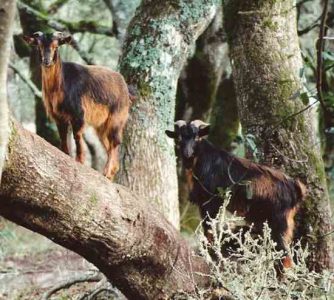
Spanish Goats
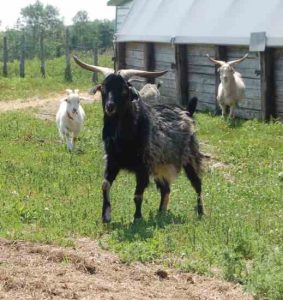
Tennessee Fainting Goats
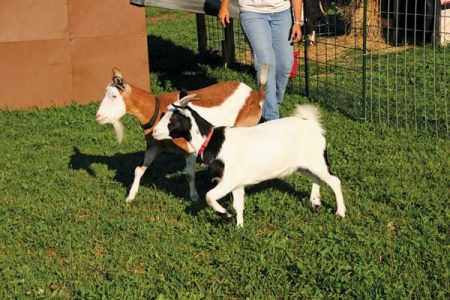
Toggenburg Goats
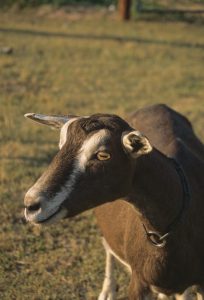
Janet Wallace is an organic farmer in New Brunswick, Canada, and the editor of The Canadian Organic Grower. Her favorite goat is the Nubian; She feels their affection, rich milk and fun floppy ears are worth the noise and hassle of dealing with such high-strung, overly opinionated creatures.




